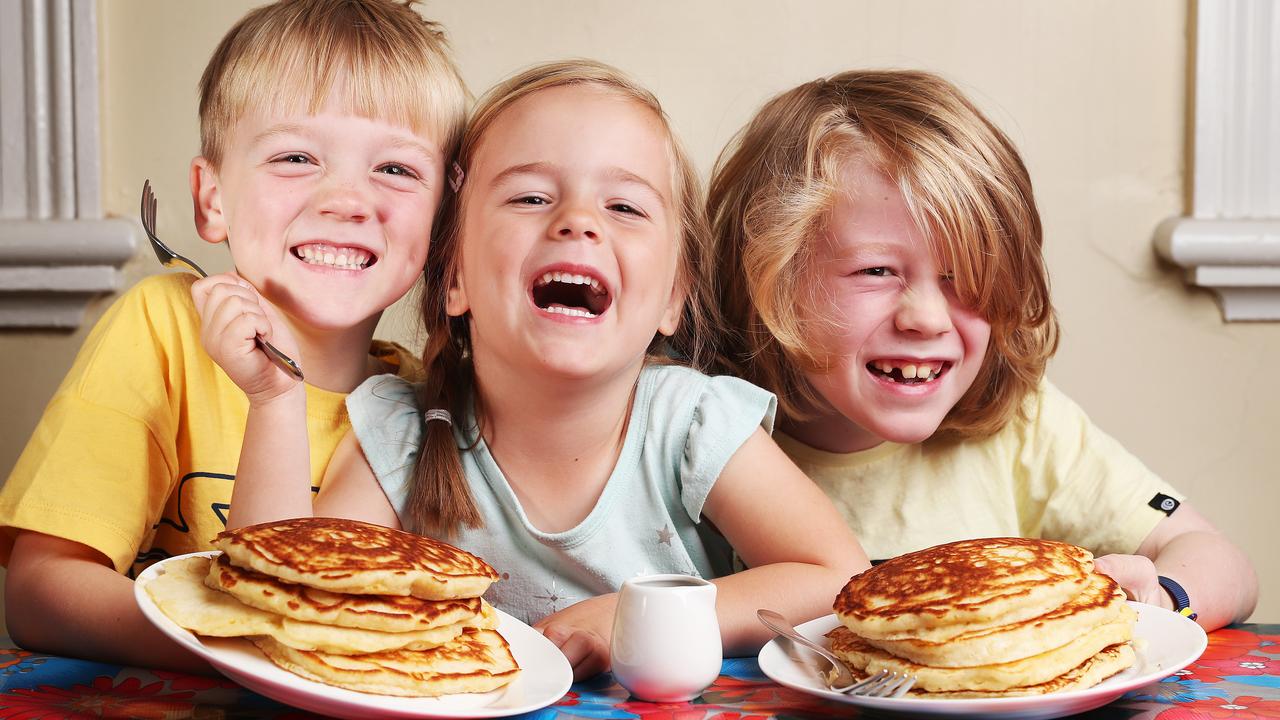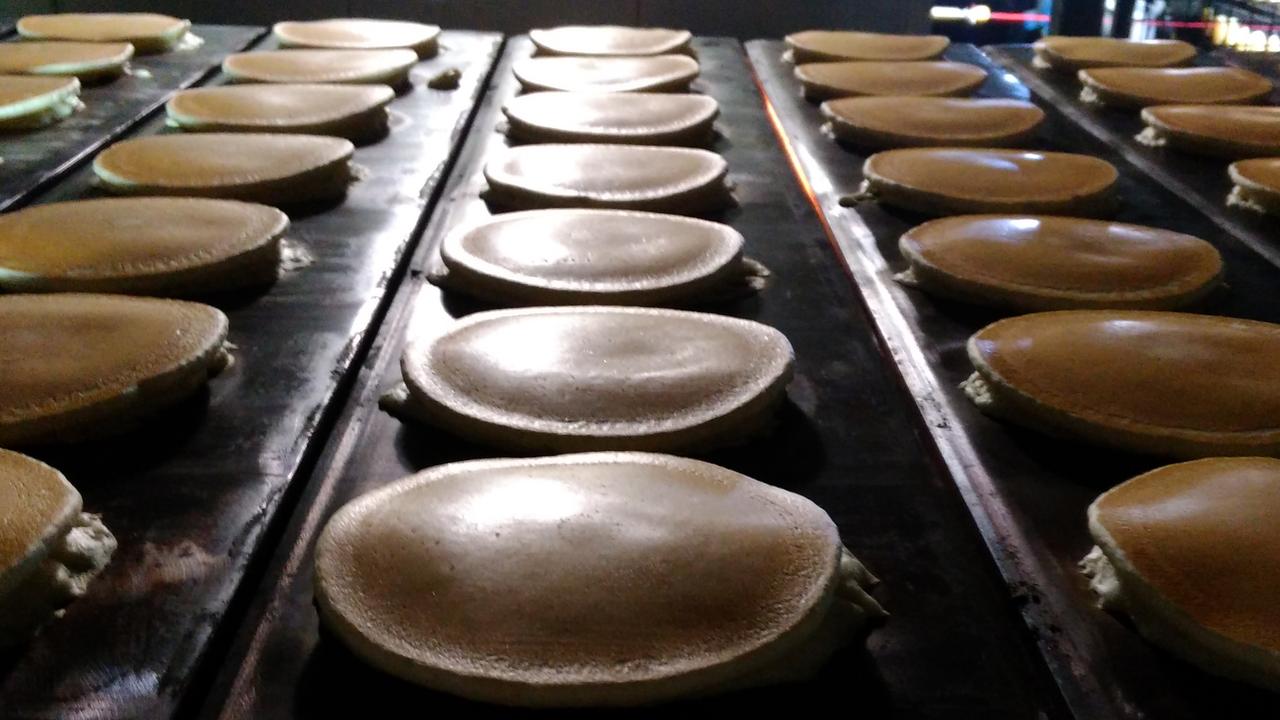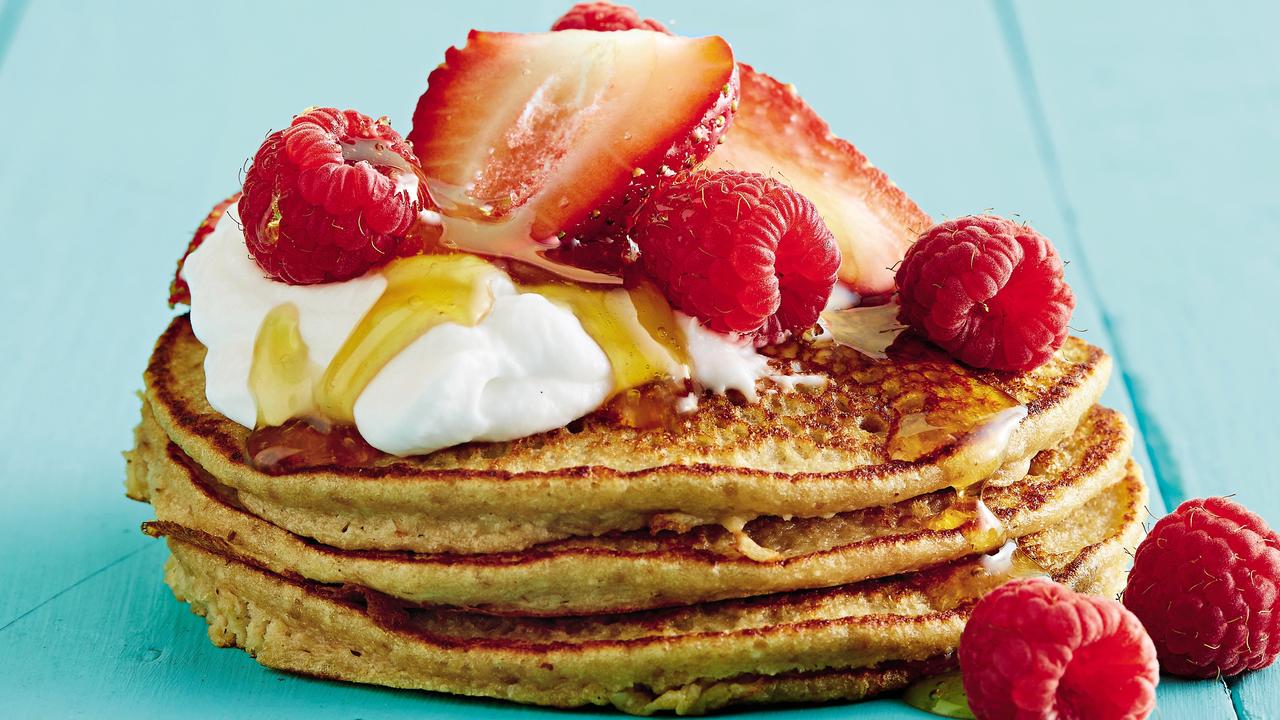Australians are flipping out over all the fun and yum of Pancake Tuesday
Australians are becoming world leaders at cooking and eating pancakes on Pancake Tuesday, a fun food day that has its origins as a religious festival

READING LEVEL: GREEN
Forget toast, cereal and other everyday foods: Pancake Tuesday is for eating pancakes.
This year, it’s on Tuesday February 25.
It is a secular – which means non-religious – fun celebration that happens all around the world. Australians are really good at eating a lot of pancakes on Pancake Tuesday.
People eat this much-loved food while they get together with friends, raise money for charities and perhaps even set a world record, all with a pancake theme.
Kids News researched the origins of Pancake Tuesday. Read on then get cooking!
SHROVE TUESDAY
Pancake Tuesday began as a Christian religious festival called Shrove Tuesday and is always 47 days before Easter Sunday. As the date of Easter changes each year, so does Shrove Tuesday.
In the Christian religion, the day precedes Ash Wednesday, which is the start of
when Christians celebrate Lent* and stop eating certain foods or doing certain activities for 40 days.
To use up the last of the food they won’t eat for the next 40 days (such as eggs and milk), they make pancakes. Eggs, milk, flour and salt, the main ingredients of pancakes, each have a special meaning to Christians.
- Eggs: symbolise creation
- Flour: represents the main part of the human diet
- Salt: for wholesomeness*
- Milk: for purity*.
The name “shrove” comes from when Christians would traditionally go to confess and were “shriven” or cleansed of their sins.
PANCAKE RACING
Way back in 1445 in a village called Olney in the UK, a woman was so busy making pancakes she lost track of time. When she heard the church bells ringing for the Shrove Tuesday church service, she ran as fast as she could to church and arrived still carrying her pancake in the pan.
Though no one can be certain how accurate that story is, it’s often used to explain the origin of pancake races held around the world on Pancake Tuesday.

TOP AUSTRALIAN EFFORTS
Australian Brad Jolly tossed 140 pancakes in one minute in Sydney, NSW on Pancake Tuesday 2012, setting a new Guinness World Record.
At the University of Sydney, NSW on Pancake Day 2018, Nutella Australia (which makes the hazelnut spread some people put on pancakes) set a Guinness World Record by lining up 110.85m of pancakes.

AROUND THE WORLD
In Iceland, Shrove Tuesday is called Sprengidagur, which translates as Bursting Day.
In France and some other countries, the day is called Mardis Gras, which means Fat Tuesday.
Germans call the day Fastnacht, which means Eve of the Fast.

GLOBAL FLAVOURS
Most cultures have a version of a pancake dish that includes ingredients and flavours from that cuisine.
In North Africa, people love an old Berber recipe that includes semolina*, topped with honey.
Stinging nettles are the special ingredient in a pancake dish from Finland called nokkosletut.
Pancakes are popular in Korea, eaten as a savoury dish with kimchi, which is salted and fermented vegetables.
Syrniki, a Russian pancake version, includes quark, a fresh cow’s milk cheese, plus caramelised apples and sour cream as a topping. If you can’t find quark, cottage cheese works well as a substitute.
In the US and Canada, pancakes are often served with salty bacon as well as maple syrup, which is the pure sap from maple trees.

PANCAKE RECIPE
Many families have their own favourite pancake recipe. Here’s one to try or compare to one you already use.
INGREDIENTS
- 125g plain flour
- 2 eggs, medium sized
- 300ml milk
- Pinch of salt
METHOD
- Crack the eggs into a bowl and beat with a fork.
- Pour the flour and pinch of salt into a bowl and make a well shape in the middle.
- Pour the eggs into the well and whisk together.
- Gradually add in the milk, whisking as you add.
- Put the mixture in the fridge for at least 30 minutes.
- Rub oil around a frying pan.
- Ladle out your mixture – one ladle equals one pancake.
- After a couple of minutes, give the frying pan a jiggle and when your pancake no longer sticks give it a flip to the other side. If you can’t flip it, use a lifter or spatula to turn it over.

GLOSSARY
- Lent: a six-week season of reflection before Easter in the Christian religion
- wholesomeness: promoting health
- purity: being pure or free from guilt or sin
- semolina: coarse flour made from wheat
EXTRA READING
Fruit and vegetables strike a pose
Festive foods and where they come from
Why it’s hard to resist hot chips
Kids need to learn cooking skills
QUICK QUIZ
- How is the date of Shrove Tuesday determined?
- What happened in Olney?
- What did Brad Jolly do?
- What is quark?
- Where does maple syrup come from?
LISTEN TO THIS STORY
CLASSROOM ACTIVITIES
1. Summarise the information
Pancakes seem to be a common fare around the world.
Read through the article carefully to find how pancakes are eaten in different parts of the world. Draw up a chart to record the following information about how pancakes are served in various countries.
COUNTRY, PANCAKE NAME, TRADITIONAL PANCAKE DISH (You may not have all information for all countries.)
Can you find other pancake dishes from around the world? Do some further research to find out if there are pancake dishes that are traditional in cultures/countries other than what is mentioned. Add these to your chart.
Time: allow 30 minutes to complete this activity
Curriculum Links: English, Humanities and Social Sciences – Geography, Intercultural Understanding
2. Extension
What is your favourite pancake topping?
Some people love lemon and sugar, others love maple syrup, or berries and ice-cream. What would be your pancake topping of choice?
Draw a labelled diagram of your favourite pancake dish. Is it a stack of pancakes covered in ice-cream and syrup or a single large pancake with a drizzle of lemon and sugar? Or do you prefer something savoury or more adventurous or obscure?
Ensure your diagram is detailed enough that someone could make your favourite pancake dish for you.
Time: allow 15 minutes to complete this activity
Curriculum Links: English, The Arts – Visual Arts, Critical and Creative thinking
VCOP ACTIVITY
After reading the article, with a partner, highlight as many connectives as you can find in pink. Discuss if these are being used as conjunctions, or to join ideas and create flow.
HAVE YOUR SAY: What are your favourite kind of pancakes?
No one-word answers. Use full sentences to explain your thinking. No comments will be published until approved by editors.

